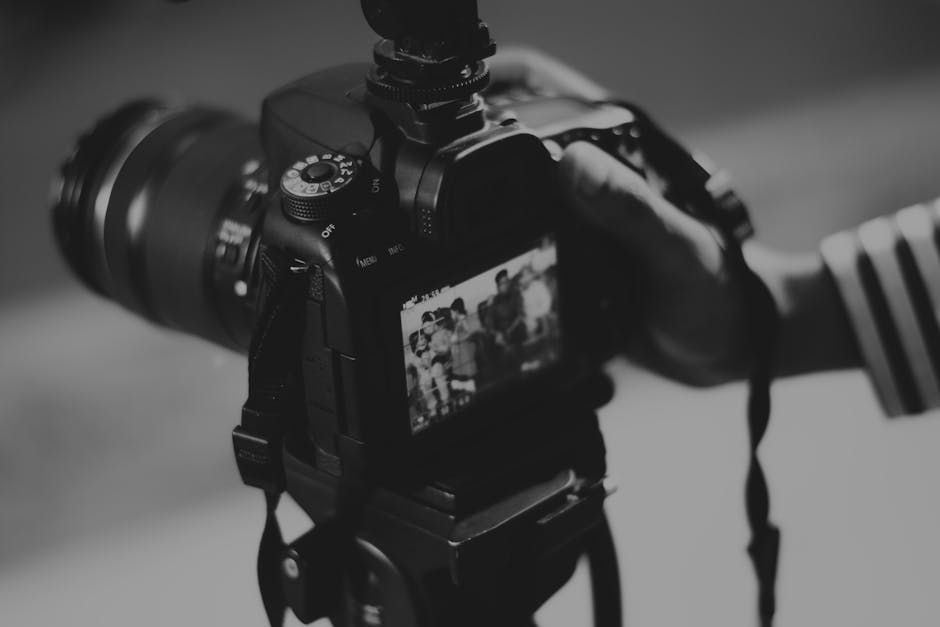Photography is more than just snapping pictures; it's about capturing moments, telling stories, and expressing your unique perspective. Whether you're using a smartphone or a professional camera, the art of photography is accessible to everyone. This guide will provide you with the foundational knowledge and inspiration to embark on your photographic journey.
One of the most fundamental elements of photography is understanding light. Light is the essence of every photograph, shaping the mood, texture, and overall impact of your image. Observe how light interacts with your subject, noticing the direction, intensity, and color. Experiment with shooting at different times of day, from the golden hour's warm glow to the dramatic contrasts of midday.
Composition is key to creating visually appealing photographs. The rule of thirds is a simple yet effective guideline. Imagine dividing your frame into a 3×3 grid and placing your subject at the intersection of these lines. This technique creates balance and draws the viewer's eye to the focal point. Explore other compositional techniques like leading lines, symmetry, and framing to add depth and interest to your shots.
Choosing the right camera settings can significantly impact your results. Aperture, shutter speed, and ISO work together to control the exposure and creative look of your photographs. A wider aperture (smaller f-number) creates a shallow depth of field, blurring the background and highlighting your subject. A faster shutter speed freezes motion, while a slower shutter speed can create motion blur. ISO determines your camera's sensitivity to light, useful in low-light situations.
Experimentation is crucial to developing your photographic style. Don't be afraid to try different angles, perspectives, and settings. Move around your subject, get up close, or shoot from a low vantage point. The more you experiment, the more you'll discover what works best for you.
Post-processing is an essential part of the photographic workflow. Software like Adobe Lightroom or free alternatives like GIMP allow you to adjust exposure, contrast, color balance, and more. However, remember that editing should enhance, not replace, the original image. Aim for a natural and balanced look.
Finding inspiration is essential for any creative pursuit. Explore the work of other photographers, visit art galleries, or simply observe the world around you. Pay attention to the composition, lighting, and subject matter that resonate with you. Developing a keen eye for detail will translate into more compelling photographs.
Photography is a journey of continuous learning and discovery. Embrace the process, be patient with yourself, and most importantly, have fun. With practice and dedication, you can transform everyday moments into captivating works of art.

